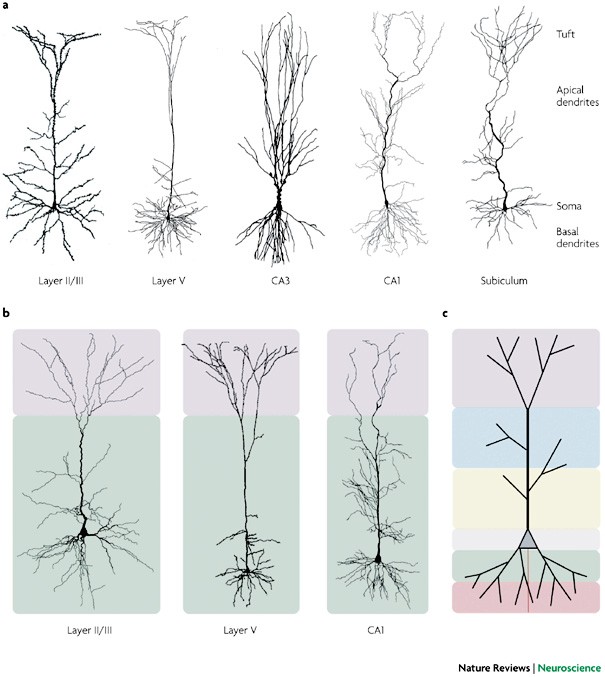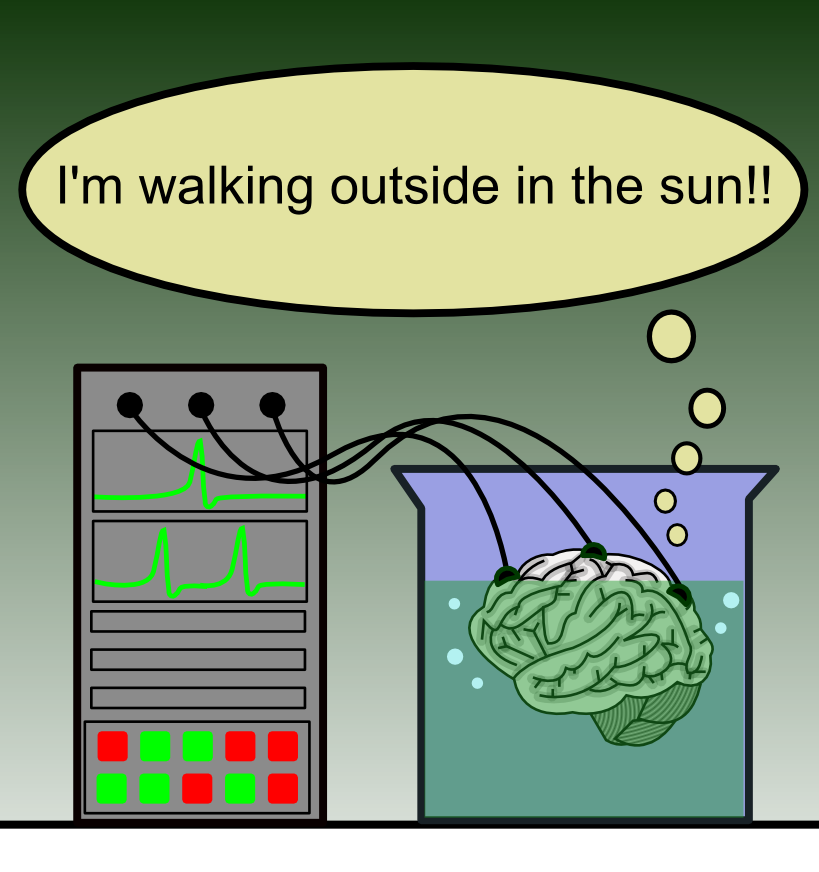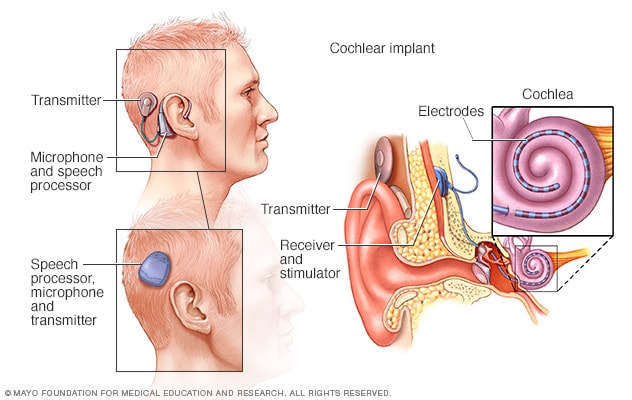This finding doesn't necessarily mean that the hidden or private presentations of brain consciousness disappear, only that the cognitive processes which validate those manifestations as "being there" are disrupted (which depend upon memory and sapient routines for identification and understanding of such).
- - - - - -
Anesthetic drastically diverts the travels of brain waves
https://www.sciencedaily.com/releases/2022/04/220427100602.htm
EXCERPTS: Imagine the conscious brain as a sea roiling with the collisions and dispersals of waves of different sizes and shapes, swirling around and flowing across in many different directions. Now imagine that an ocean liner lumbers through, flattening everything that trails behind with its powerful, parting wake. A new study finds that unconsciousness induced by the commonly used drug
propofol has something like that metaphorical effect on higher frequency brain waves, appearing to sweep them aside and, as an apparent consequence, sweeping consciousness away as well.
Put more prosaically, the
study in the Journal of Cognitive Neuroscience by MIT scientists at The Picower Institute for Learning and Memory shows that propofol substantially alters how different frequencies of brain waves travel across the brain's surface, or cortex. Whereas conscious brains exhibit a mixture of waves of various frequencies rotating or traveling straight in various directions, brains under propofol anesthesia became dominated by powerful, very low frequency "delta" waves that roll straight outward in opposite directions instead of slowly rotating around central points as they do during consciousness. Higher frequency "beta" waves, meanwhile, became fewer and more erratically structured, traveling only in directions not dominated by the surging delta waves.
Traveling waves are hypothesized to perform many important functions as they coordinate the activity of brain cells over the areas of the brain they cover. These include reading information out from memory and holding it there while it waits to be used in cognition. They may also aid in perception and act as a means of time keeping in the brain. The findings therefore illustrate how profoundly anesthesia alters the state of the state of the brain as it induces and maintains unconsciousness, said senior author Earl K. Miller, Picower Professor of Neuroscience in MIT's Department of Brain and Cognitive Sciences.
[...] After the animals regained consciousness, their wave patterns all returned to where they were before propofol administration. The clear association between these two regimes (unfettered beta before or after anesthesia vs. delta dominance during anesthesia) and the state of consciousness strongly suggests a connection, Bhattacharya said.
"We hypothesize that the drastic breakdown of beta traveling waves and their redirection could contribute to loss of consciousness under propofol anesthesia," he said... (
MORE - missing details)






